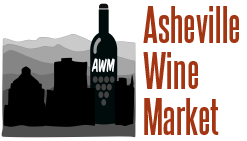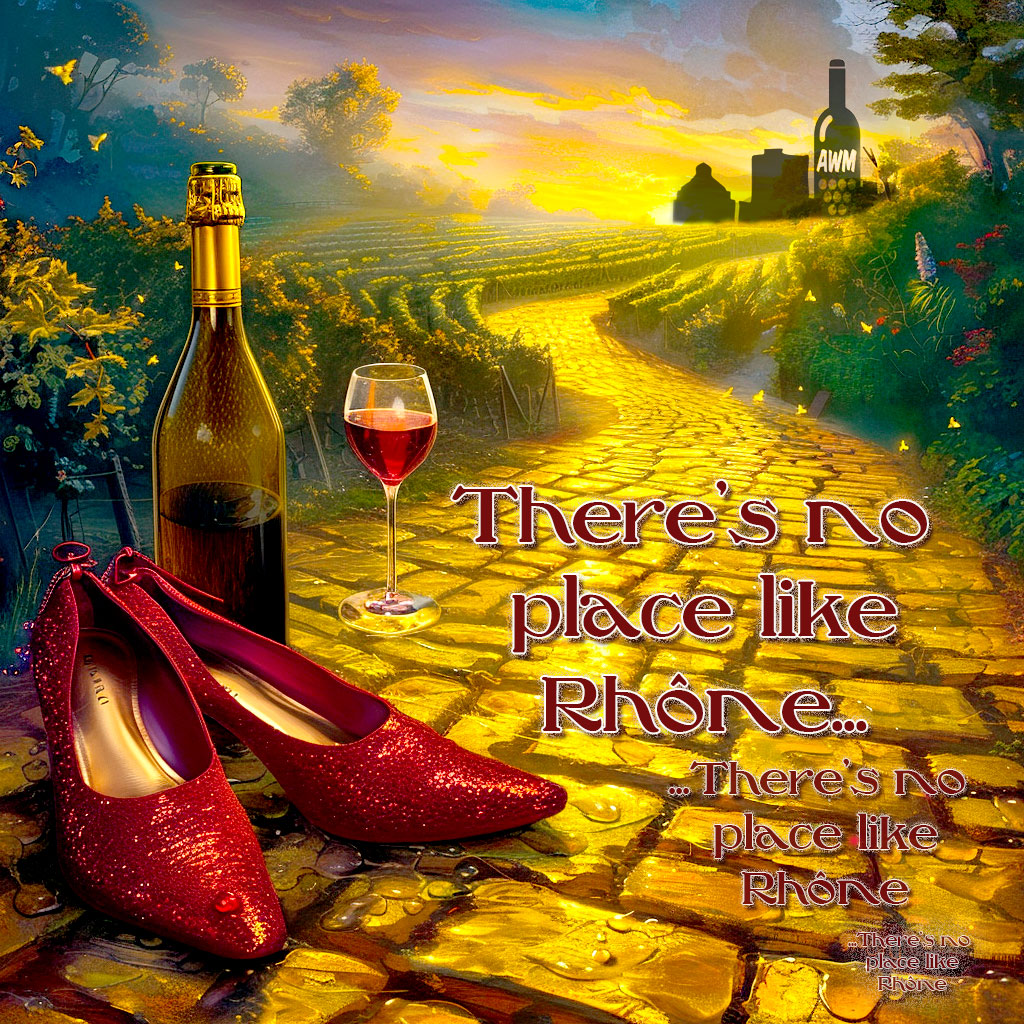
There's no place like Rhône... AWM Quick Guide to the Wines of the Rhône Valley
One of my earliest aha moments in wine occurred during a trip to France many years ago. The emphasis of this particular trip leaned more heavily towards food versus wine — back in those years, as a Chef, I was laser-focused on learning all the secrets of every French Chef I met. However, the great bonus of this trip turned out to be my profound introduction to the fantastic wines of the Côtes du Rhône.
Years ago, the wines from the Rhône Valley in the South of France were tough to find outside of Europe. Sure, you’d see an occasional bottle or two lurking on a dusty back shelf at your local bottle shop; however, aside from that, Côtes du Rhône wasn’t exactly a household name.
1988 marked a turning point for French wine lovers with the publication of Adventures on the Wine Route, a book written by a little-known wine importer based in San Francisco. That importer was Kermit Lynch, and his book provided an excellent introduction to the people and culture behind the wines of the Rhône Valley. If you enjoy reading about wine, I heartily recommend this book — I dust off my copy every few years, and I’m getting ready to read it for the fifth or sixth time! It’s a unique peek into the world of French wine, and it considerably raised the bar for wine writing.
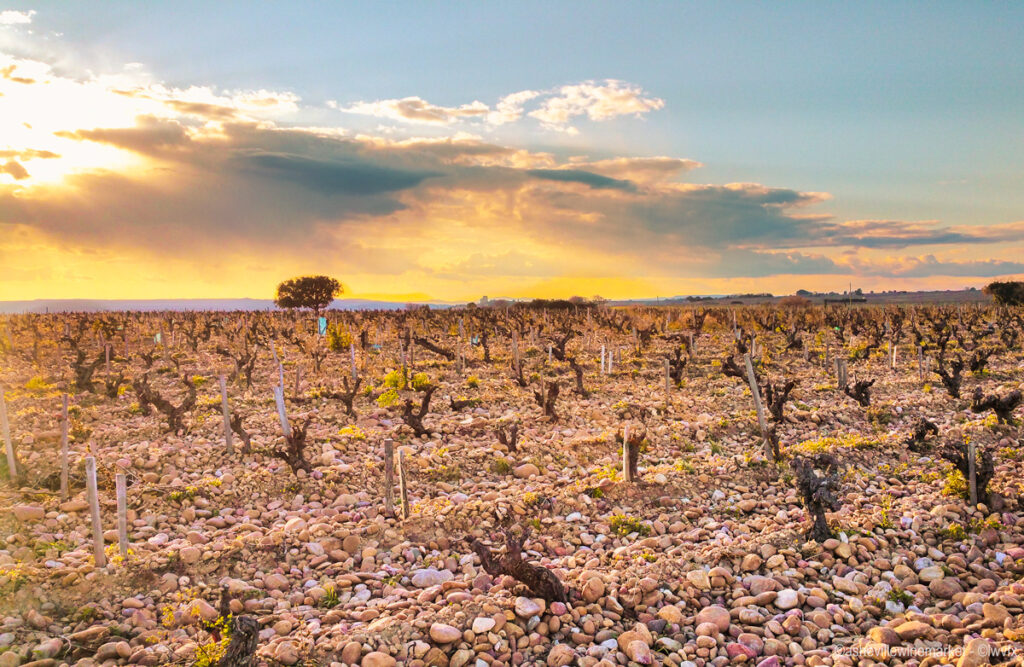
By the 1990s, as more French wine became available here in the States, savvy wine merchants like my mentor, Eberhard, featured abundant selections of Rhône wines. When I moved to Asheville to work for Eberhard some 20-plus years ago, I remember being thrilled with his broad selection of wines from the Rhône Valley — I knew I had landed in the right place!
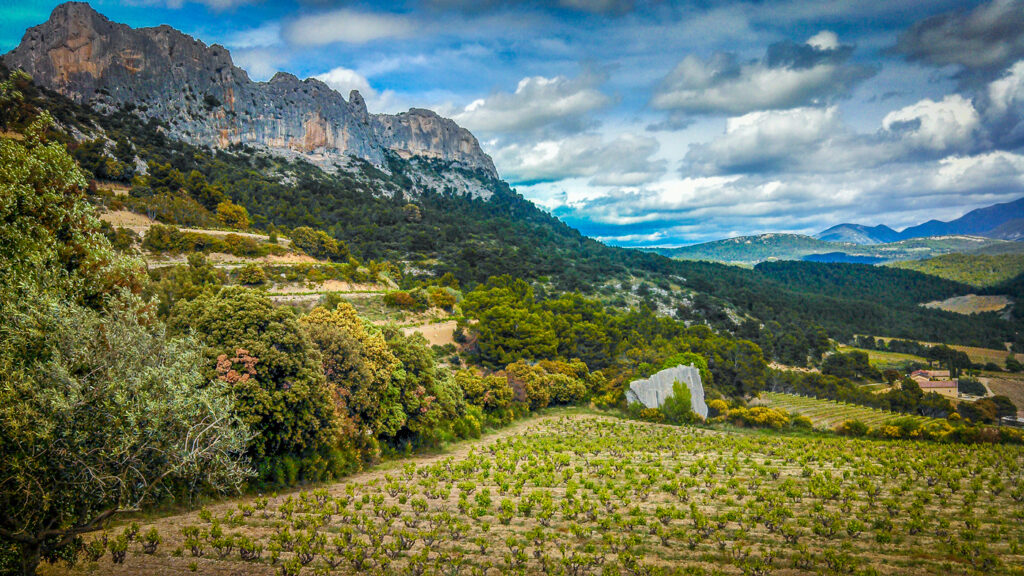
The Rhône Valley stretches roughly 200 kilometers between Vienne and Avignon, extending across more than 160 municipalities divided between six departments — Rhône, Loire, Drôme, Ardèche, Gard, and Vaucluse. It’s the second-largest appellation after Bordeaux, and like Bordeaux, there’s an incredibly rich wine history dating back to pre-Roman times.
Syrah and Grenache are the dominant grape varieties in the Côtes-du-Rhône, with Syrah in the northern parts of the region and Grenache in the south. In most of the southern Rhône, Grenache is blended with Syrah, and the blends can often include Mourvèdre, Cinsault, Carignan, and Counoise.
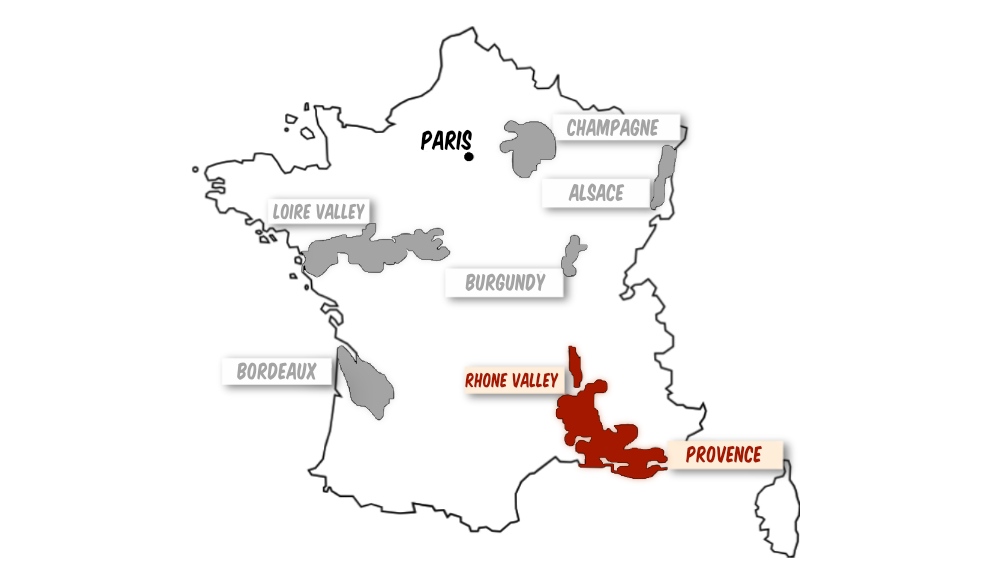
Compared to many other wine regions in France, the quality designations and AOC laws in the Côtes-du-Rhône are remarkably straightforward. There are three categories, and they’re determined by location and quality.
Côtes-du-Rhône AOC: These are the best buys and what I like to refer to as “Tuesday Night” wines. The best in this category shouldn’t run you more than $20 (and can be substantially less with special pricing for locals.)
Côtes-du-Rhône Villages AOC: It’s a step up in quality and usually not too steep a step up in price. If the wine is sourced entirely from one of the designated villages, the name of that village is allowed on the label. Villages include: Chusclan, Gadagne, Laudun, Massif d’Uchaux, Plan de Dieu, Puyméras, Roaix, Rochegude, Rousset-les-Vignes, Sablet, Saint-Gervais, Sainte-Cécile, Sinargues, St-Maurice-sur-Eygues, St-Pantaléon-les-Vignes, Suze-la-Rousse, Séguret, Vaison la Romaine, Valréas, Vinsobres, and Visan.
Côtes-du-Rhône Cru: This is the top of the game in the Côtes-du-Rhône and includes these famous names: Beaumes des Venise AOP, Cairanne AOP, Château-Grillet AOP, Châteauneuf-du-Pape AOP, Condrieu AOP, Cornas AOP, Crozes-Hermitage AOP, Côte-Rôtie AOP, Diois AOP, Gigondas AOP, Hermitage AOP, Lirac AOP, Rasteau AOP, Saint Péray AOP, Saint-Joseph AOP, Tavel AOP, Vacqueyras AOP, and Vinsobres AOP.
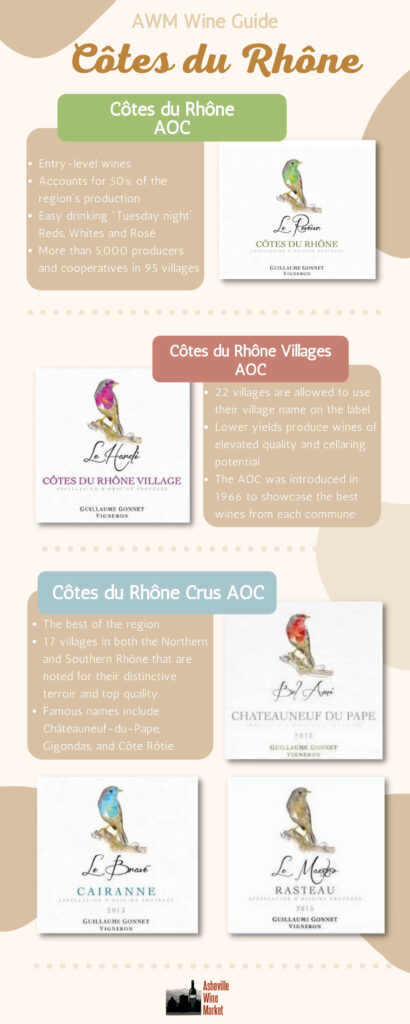
In a future article, we’ll have a closer look at the different villages, grapes, significant differences in terroir, and why the Côtes-du-Rhône was the birthplace of the GSM.
Until then, put on your ruby-red-grape slippers, watch out for flying monkeys, pour a glass of Côtes-du-Rhône, and have a sip or two. I think you’ll agree — there’s no place like Rhône!
